Things to Keep in Mind for Ranthambore Safari Booking
- You have to pay full fees for safari booking in advance.
- ID proof is must for each and every visitor.
- No refund or cancellation is permitted on confirmed bookings.
- Booking is non-transferable and cannot be exchanged with anyone.
- You must carry the same ID card that you have submitted during the online booking.
- You can book your safari maximum of 90 days in advance.
- Passport details are mandatory for foreigner tourists for making reservations.
- Safari permit is issued on a first come, first serve basis (subject to availability).
- Park may be closed without any prior notice to visitors.
- In case of any revision of fees after the booking, visitors will be liable to pay the difference at the time of entry into the park.
- The visitors are required to report at the boarding place 15 min prior to the scheduled departure of the safari.
- We are merely acting as a travel agent in booking your safari at national park and will not be responsible for any accident, injury, theft and death during the safari excursion.
Our Services in---------
Ranthambore National Park
Guided Jeep safari adventure
Embark on an exclusive guided Jeep Safari adventure ride. Enjoy close-up wildlife sightings and a personalized jungle experience.
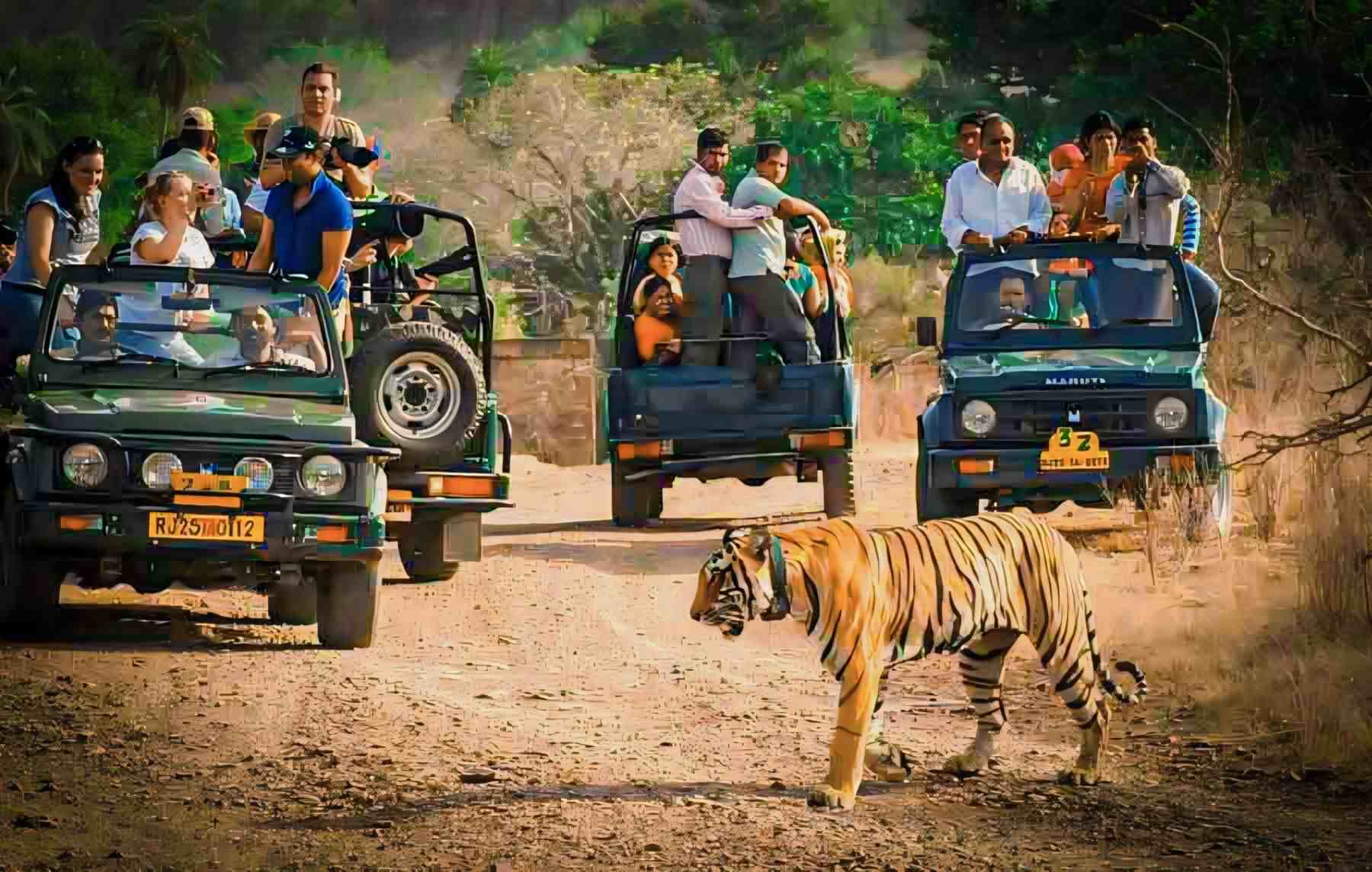
Ranthambore Guided canter safari
Embark on an skip the line guided canter Safari adventure ride. experience the thrill of the jungle with panaromic view.

Ranthambore Chambal river Safari
Experience the thrilling Chambal River safari home of gharials & river dolphins and exotic birds.
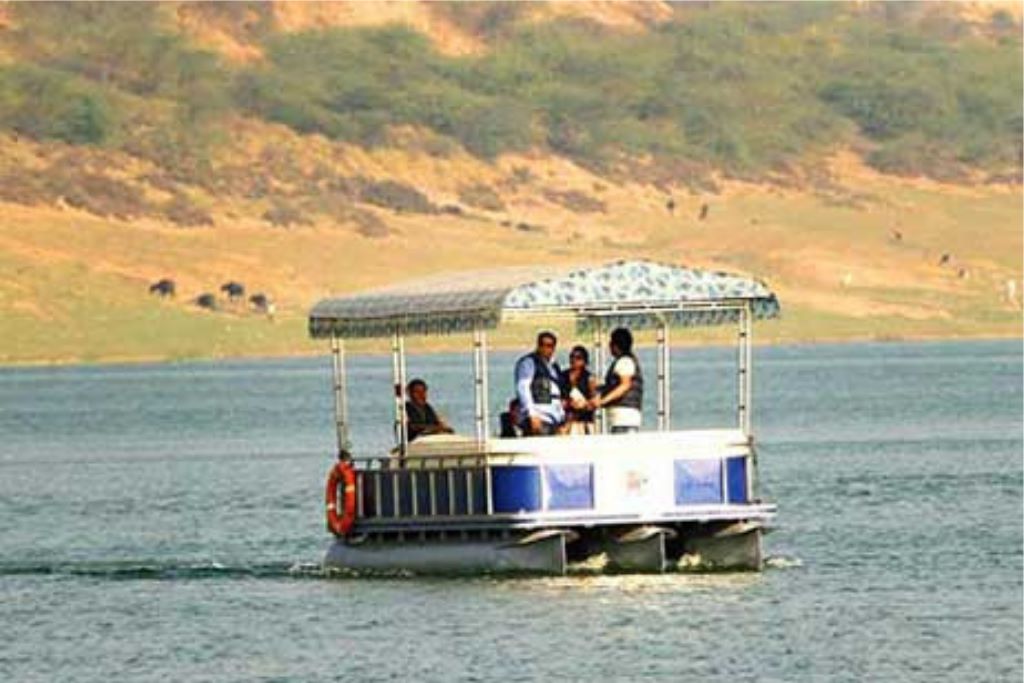
Ranthambore Fort & Ganesh temple
Discover the historic Ranthambore fort offering panoramic views. within its walls lies the revered trinetra ganesh temple
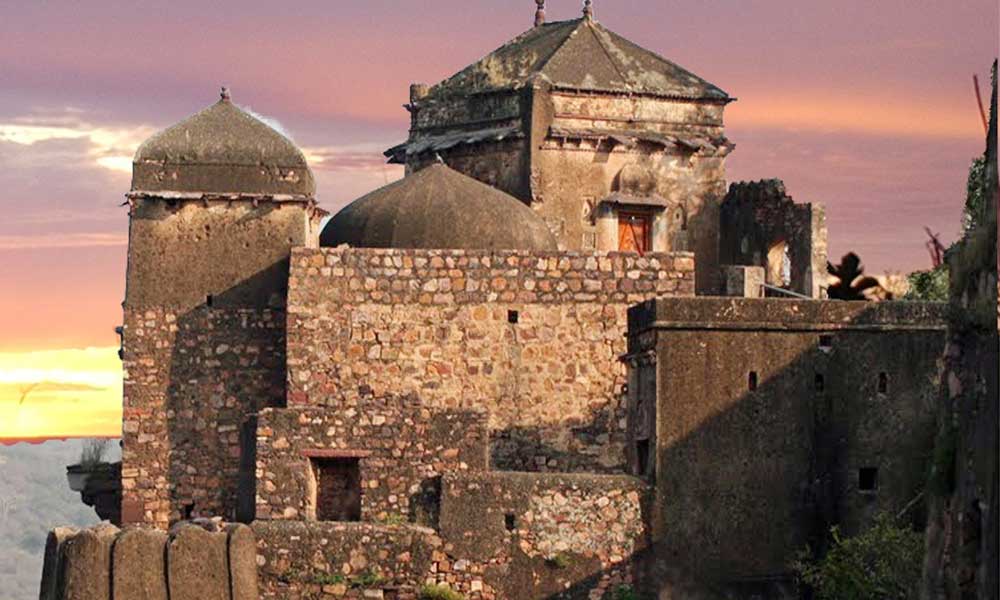
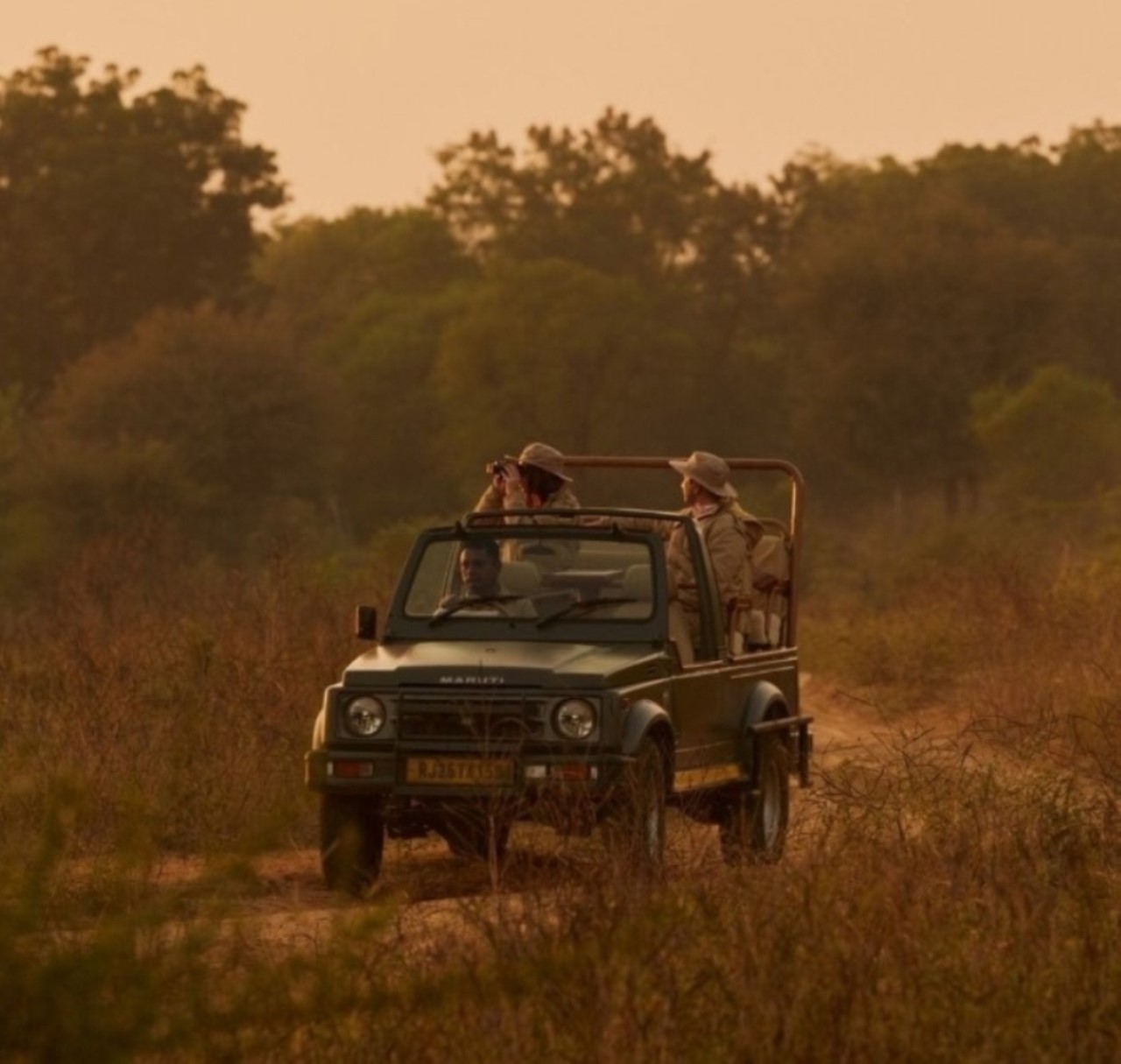

About us
Turning Your Jungle Dreams into Wild Realities.
With decades of experience in wildlife tourism, we craft unforgettable safari experiences tailored to your interests. From thrilling tiger sightings to serene forest explorations, our expert team ensures every journey is safe, seamless, and awe-inspiring.
- 🛡️ Trusted by Thousands of Travelers
- 🐅 Expert-Guided Jungle Safaris
- 📸 Perfect for Wildlife Photography
What To Do In Ranthambore Tiger Reserve
Must-see places and experiences — from safaris and historic forts to lakes, temples and valleys. Practical tips and highlights for visitors.

Safari Experience
Enjoy gypsy and canter safaris — the highlight of Ranthambore, ideal for seeing tigers, deer, birds and rich flora.
Safaris are guided by trained naturalists and drivers. Best times are early morning and late afternoon; carry binoculars, water and sun protection.

Ranthambore Fort
Historic fort with temples and panoramic views — a mix of wildlife and heritage within the park.
The fort's high vantage points are great for photography and spotting wildlife at distance. Wear sensible shoes — many steps and uneven stones.

Padam Talao
Largest lake in the reserve; best at sunrise or sunset for wildlife sightings near water.
Look for crocodiles and waterbirds. Mornings are quieter — perfect for birders and photographers.
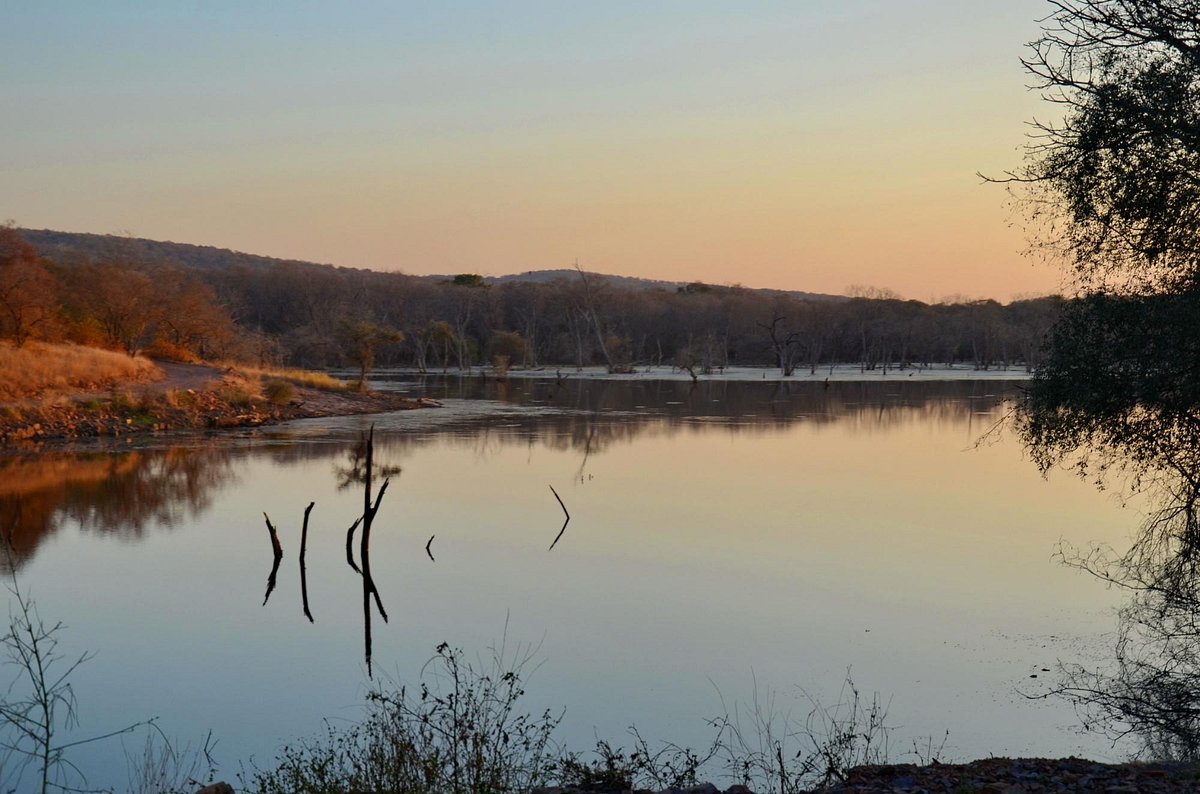
Surwal Lake
Seasonal lake, magnet for migratory birds in winter — great for birdwatching.
Bring binoculars — winter months bring a large variety of migrants. Paths may be muddy after rain.
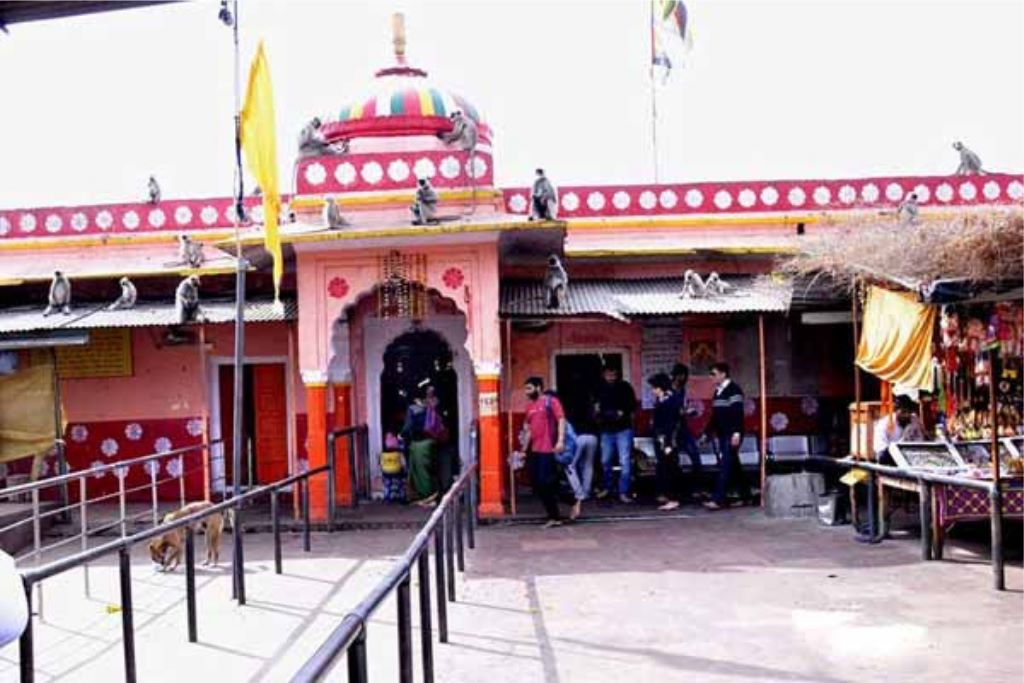
Trinetra Ganesh Temple
Historic temple inside the fort — a place visited by devotees before safaris.
Respect local customs when visiting: modest clothing and quiet behavior around temple spaces.
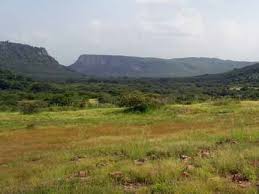
Kachida Valley
Rocky valleys where leopards and sloth bears are sometimes spotted — rugged and scenic.
Not all trails are open to visitors — follow park guidance and always go with a guide.
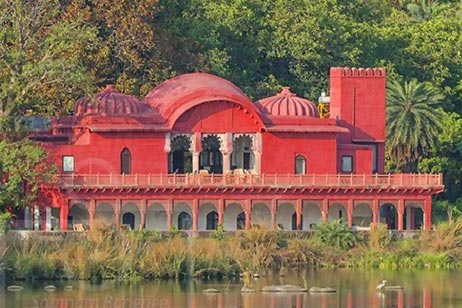
Jogi Mahal
Historic guest house near Padam Talao offering scenic views and photo opportunities.
A quieter spot for viewers and photographers, best visited outside the main safari rush.

Raj Bagh Ruins
Ancient ruins hidden in the forest — a fascinating mix of history and wildlife habitat.
The ruins offer interesting shade and tiger resting spots; follow park safety rules when nearby.

Malik Talao
Small lake popular for birdwatching and spotting aquatic life.
Quiet during midday — mornings give the best chance of seeing wildlife by the shore.
Famous Tigers Of Ranthambore
| Tigers Name | Description |
|---|---|
| 1. MACHALI | The most famous tigress of Ranthambore National Park Rajasthan will always be Machali. She was the most captured tigress of Ranthambore and will always be remembered for her unique poses. The tiger code of Machali is T-16 and she was famous because she loved to pose for tourists. Because of her popularity, she was even featured in a movie “The World’s Most Famous Tiger” . This movie won a national award. Along with this, she was once mentioned in the book “Three Ways to Disappear”, by Katy Yocom. Unfortunately, this great tigress died on 18 August 2016. At that time, she was just 20. |
| 2. SUNDARI | The tigress Sundari is a famous Tigress and she is the daughter of Machali. The code of this tigress is T-17 and she gave birth to 3 cubs in 2019. She was born in 2006 and was named so because of her beautiful face. She was mostly seen in the zones 1 to 5. At present, she is dead. |
| 3. ROMEO | This tiger is a yearning lover and he always tries to catch the attention of Laila. The Tiger code is T-6 and he was mostly seen in zone 4 and 5. He was born in 2011 and at the age of just 9 years, he died. In his life, he always tried to attract Laila, and she in turn, attracted other tigers in the area and mated with them. |
| 4. LAILA | She is another famous tigress of Ranthambore National Park. Her Tiger Code is T-41 and she charms the tourists with her dalliance with T-6. She is alive at this time and she is mostly spotted in Zones 4 & 5. People who go to the park can identify her by the Diamond symbol on her body. |
| 5. DOLLAR | Another famous tiger of this wild park is Dollar. His tiger code is T-25 and he was named a dollar because he has a dollar-like symbol on his stomach. This tiger was also called Zalim because he was cruel and not particularly fond of humans. He chases the vehicles with humans in them and they get scared by his presence so they name him Zalim. This ferocious tiger of the park died back in 2020. |
| 6. Famous Deceased Tigers: | T-24 known as Ustad, T-39 known as Mala, T-41 known as Junglee, Bina One, Bina Two & T-28 known as Sitara. |
About Ranthambore National Park
Ranthambore National Park is spread over an area of 392 sq km, along with its nearby sanctuaries like the Mansingh Sanctuary and Kaila Devi Sanctuary. The park is mainly famous for its tigers and is one of the best locations in India to see these majestic predators in their natural habitat. Tigers can be spotted even during the daytime, busy in hunting and taking care of their young ones.
Ranthambore National Park is one of India’s most famous and picturesque wildlife reserves, located in the Sawai Madhopur district of Rajasthan. Spread across 392 sq. km of core area and part of a larger 1,334 sq. km tiger reserve, it is renowned for its thriving population of Royal Bengal Tigers, which can often be spotted during daylight hours — a rare phenomenon in the wild.
The park’s landscape is a unique blend of dry deciduous forests, open grasslands, rocky outcrops, and serene lakes, making it a paradise for wildlife enthusiasts, photographers, and nature lovers alike.History & Establishment
1955: Declared a wildlife sanctuary. 1973: Selected as one of the first nine Project Tiger reserves in India. 1980: Granted the status of a national park. Over the years, strict conservation efforts have helped increase the tiger population, making Ranthambore a global success story in wildlife preservation.
Flora & Fauna
The park is best known for its Royal Bengal Tigers, but it is also home to: Leopards Sloth Bears Striped Hyenas Jackals Caracals Sambar Deer Spotted Deer (Chital) Nilgai (Blue Bull) Marsh Crocodiles Over 270 bird species, including Indian Eagle Owl, Painted Spurfowl, and Crested Serpent Eagle. Flora Dominated by dry deciduous forests with Dhonk trees covering most of the terrain. Fruit-bearing trees like banyan and mango add diversity. Grasslands and scrub forests support herbitats.
Major Attractions Inside the Park
Ranthambore Fort (UNESCO World Heritage Site) – Dating back to the 10th century, offering panoramic views and historical ruins. Trinetra Ganesha Temple – One of the oldest Ganesha temples in India, located inside the fort. Padam Talab, Rajbagh Talab, and Malik Talab – Lakes that attract both wildlife and birds, perfect for photography. Rajbagh Ruins – Ancient stone structures overtaken by nature, creating a mystical atmosphere. Safari Experience Types: Jeep Safari (6-seater) and Canter Safari (20-seater).
Zones
Zones: The park is divided into 10 safari zones, each offering different wildlife experiences.
Timings
Morning Safari: Starts at sunrise. Afternoon Safari: Ends at sunset. Best chances of spotting tigers are early morning or late afternoon in cooler months. Best Time to Visit October to June is the tourist season. Winter (Oct–Feb): Pleasant weather, ideal for photography. Summer (Mar–Jun): Hot, but excellent tiger sighting chances as animals gather near water sources. The park remains closed during the monsoon (July–September).
How to Reach
By Air: Nearest airport is Jaipur International Airport (approx. 180 km). By Train: Sawai Madhopur Railway Station (approx. 11 km from park). By Road: Well-connected by highways to Jaipur, Delhi, Kota, and Agra.
Conservation Importance
Ranthambore is not only a major tourist attraction but also a critical habitat for tigers in the Aravalli and Vindhya hill ranges. Its successful conservation has inspired similar projects across India. The park is also known for its scenic ruins and rich wildlife variety, making it a paradise for photographers and nature lovers. A trip here offers an unforgettable experience with roaming predators, lush greenery, and a variety of other wildlife.
A Quick Overview of Key Information
| Location | Sawai Madhopur, Rajasthan, India |
| Established | Wildlife Sanctuary in 1955, Tiger Reserve in 1973, National Park in 1980 |
| Total Area | 1,334 km² (515 sq mi) |
| Major Species Found | Royal Bengal Tigers, Leopards, Sloth Bears, Sambar Deer, Jackals, Indian Foxes, Crocodiles |
| Best Time to Visit | October to June |
| Safari Types | Jeep & Canter Safari |
| Safari Timings | Morning & Afternoon |
| Nearest Railway Station | Sawai Madhopur Railway Station |
| Nearest Airport | Jaipur International Airport |
Jungle Safari Timings at Ranthambore
| Month | Morning Safari | Evening Safari |
|---|---|---|
| 1st Oct to 31st Oct | 06:30 am – 10:00 am | 02:30 pm – 06:00 pm |
| 1st Nov to 31st Jan | 07:00 am – 10:30 am | 02:00 pm – 05:30 pm |
| 1st Feb to 31st Mar | 06:30 am – 10:00 am | 02:30 pm – 06:00 pm |
| 1st April to 15th May | 06:00 am – 09:30 am | 03:00 pm – 06:30 pm |
| 16th May to 30th June | 06:00 am – 09:30 am | 03:30 pm – 07:00 pm |
Important Things to Remember for Ranthambore Jungle Safari
It is important to book in advance for the safari, since it is a popular activity; you may not get your desired zone or vehicle or may even have difficulty getting seats if you do not book in advance. It is advised to take multiple safaris to increase your chances of sighting a tiger, since the sightings depend significantly on the seasons and the movement of the tiger. Carry plenty of water to hydrate yourself since the safari takes around 3 and a half hours to finish. Since the animals may be at a distance from your vehicle, you might want to carry a pair of binoculars to see them more clearly.
Recent Developments in Ranthambore Tiger Reserve
Ranthambore has discontinued its half-day and full-day jungle safaris previously available, aiming to reduce overexposure of animals to tourists and alleviate staff stress. The Ranthambore Tiger Reserve is now closed every Wednesday to lessen the workload on the staff and provide a day of rest for the tigers, free from human interference. Visitors looking to book safari tickets in advance can now only make six reservations per month using a Single Sign-On (SSO) ID. Ranthambore has installed a high-tech, 24-hour anti-poaching system equipped with thermal cameras and drones to prevent the poaching of its tigers. Additionally, the ‘Tiger Watch’ organization is educating the youth of the Mogiya community to actively participate in conservation efforts, rather than resort to poaching as a survival means like their families.
Frequently Asked Questions
Ranthambore offers an incredible chance to witness tigers in their natural habitat along with rich biodiversity and historical landmarks.
October to June is ideal, with summer months increasing tiger sighting chances.
By train to Sawai Madhopur, nearest airport Jaipur, and road connections from major cities.
Tiger sighting chances are generally 60–70% depending on season, zone, and guide expertise.
Leopards, sloth bears, hyenas, jackals, marsh crocodiles, and over 300 bird species.
The park remains closed during the monsoon season (July to September).
The nearest airport is Jaipur International Airport, about 180 km away.
Sawai Madhopur Railway Station is just 11 km from the park entrance.
Kachida Valley, Raj Bagh Ruins, Padam Talao, Ranthambore Fort, and local villages.
Yes, it’s a paradise for birdwatchers with species like Indian Pitta, Crested Serpent Eagle, and Painted Spurfowl.
Yes, government-approved guides accompany all safaris and are experienced in wildlife spotting.
Zone allocation depends on availability, but requests can be made at booking time.
Planning your perfect jungle safari? Let’s make it happen!
Contact us today to schedule a consultation or to learn more about our services.
